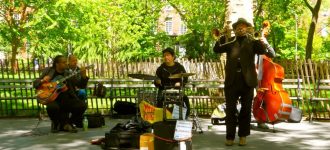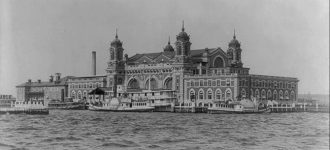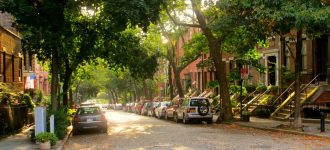“The Village” has always been a world unto itself, with its own unique culture, charm, and cast of characters. From struggling artists and immigrants to bohemians and the ultra-wealthy, Greenwich Village is defined by its diversity and dynamic energy.
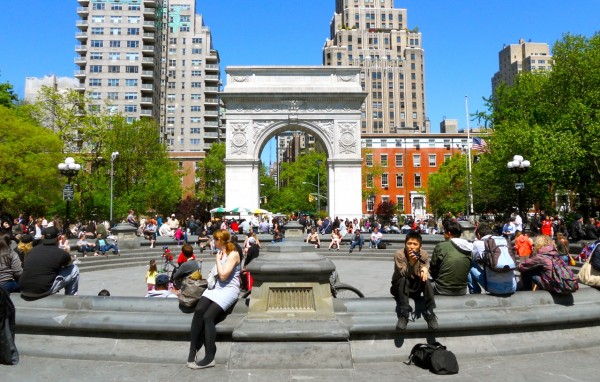
Fun fact: Historically, Greenwich Village included what we now call the “West Village”—so our guide will take you through both!
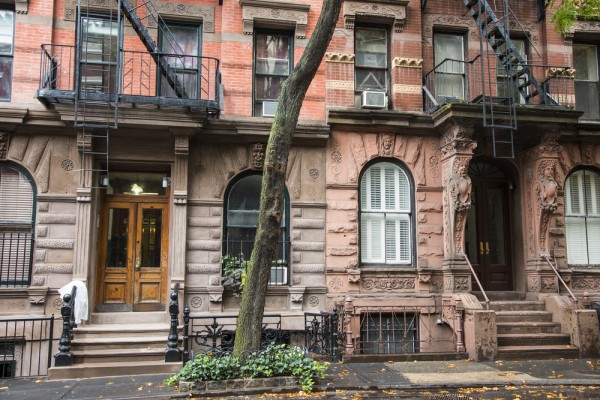
Greenwich Village is truly one of the most beautiful—and historic—neighborhoods in New York City. On a snowy night in 1917, a ragtag band of artists, poets, and actors famously occupied the top of Washington Arch to declare the “Free and Independent Republic of Greenwich Village!” That spirit of freedom and creativity still pulses through the picturesque, winding streets of the Village today.
A Brief History of Greenwich Village
Back in the 1660s, British settlers joined Dutch farmers in a rural hamlet 1.5 miles north of the city, calling it “Grin’wich” for “Green Village.” When yellow fever and cholera outbreaks struck Manhattan in the early 19th century, city dwellers flocked here to escape—causing the population to boom.
By the 1870s, the once-elite enclave was home to poor Irish and Italian immigrants working in local warehouses and sweatshops. At the turn of the 20th century, a bohemian wave of artists and activists moved in, advocating for radical ideas like women’s suffrage, anarchy, and free love.
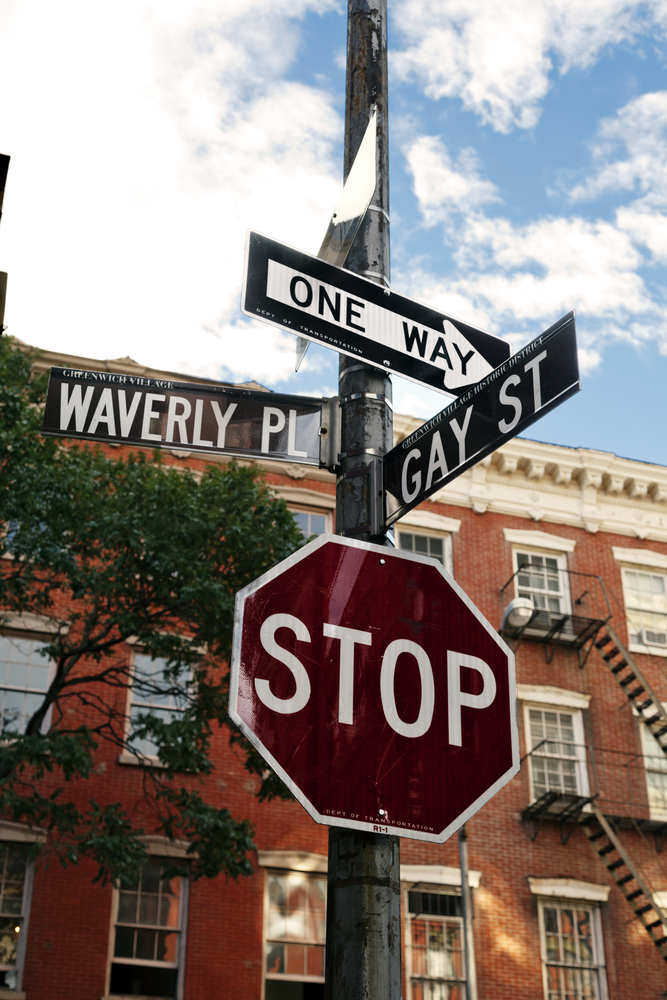
Prohibition only added to Greenwich Village’s wild reputation—speakeasies, jazz clubs, and taverns flourished. The affordable rents and liberal atmosphere made this neighborhood a haven for artists, writers, the LGBTQ+ community, and free spirits of every stripe.
While Greenwich Village is now one of the most desirable (and priciest!) places to live in Manhattan, its eclectic, creative energy endures.
Your Self-Guided Walking Tour of Greenwich Village
Ready to experience Greenwich Village like a local? Follow our step-by-step walking tour to get the most out of this storied neighborhood.
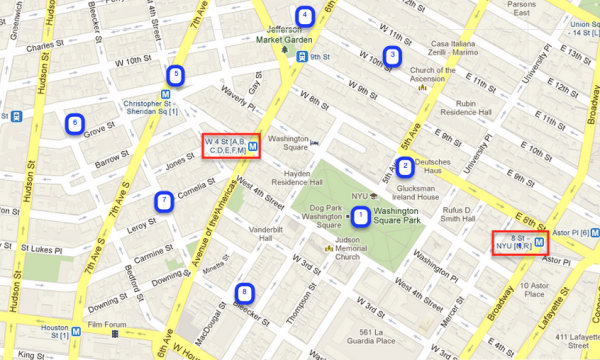
1. Washington Square Park
Begin your adventure at the vibrant heart of Greenwich Village—Washington Square Park. This iconic gathering spot buzzes with neighbors, NYU students, artists, dog walkers, chess players, and street performers. Don’t miss the grand Washington Arch, built in 1892 and modeled after Paris’ Arc de Triomphe.
Surrounding the square, you’ll spot the NYU campus, the striking Romanesque Judson Memorial Church, and “The Row”—a collection of elegant 1830s Greek Revival townhouses that once housed luminaries like Edith Wharton and Edward Hopper.
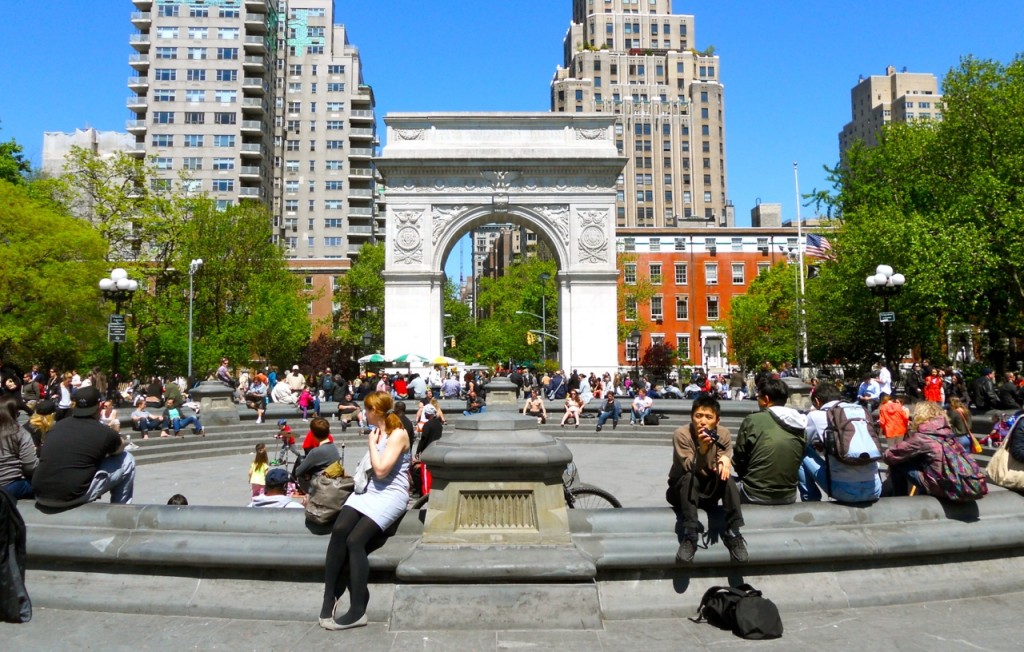
2. Fifth Avenue & Washington Mews
Head north on Fifth Avenue and peek into Washington Mews, a private alley lined with charming former stables. Continue up to 8th Street, once the “Main Street of Bohemia,” where cafes, galleries, and clubs made history—don’t miss Electric Lady Studios, built by Jimi Hendrix!
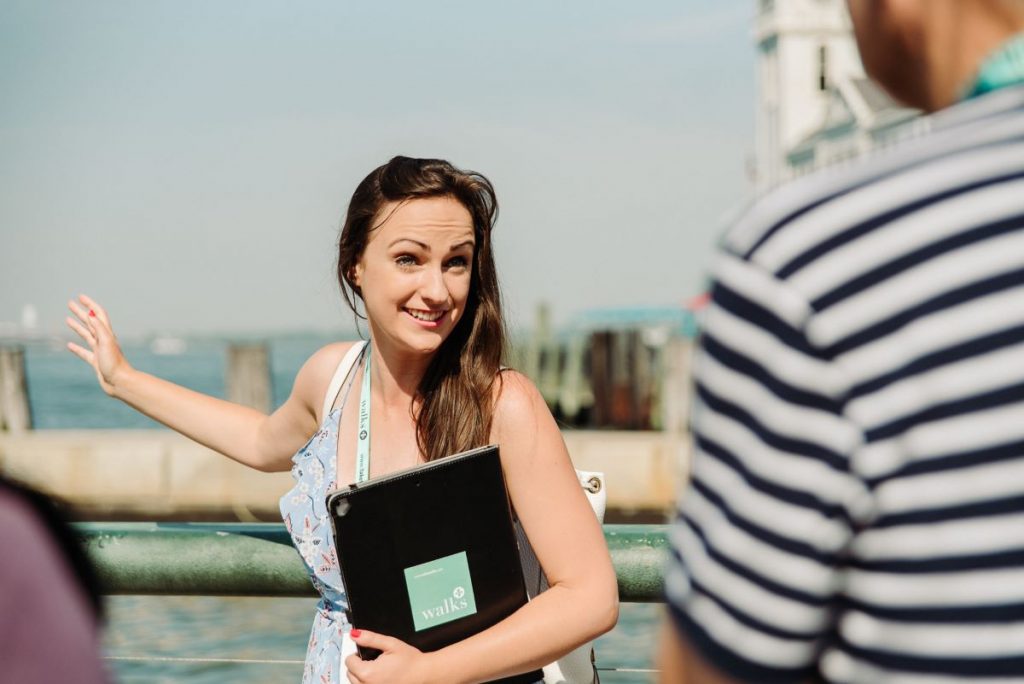
3. West 10th Street & The Lockwood De Forest House
West 10th Street is a showcase of Greenwich Village’s architectural diversity, with stunning terraced homes and the exotic teak-trimmed Lockwood De Forest House. Mark Twain even lived here for a spell!
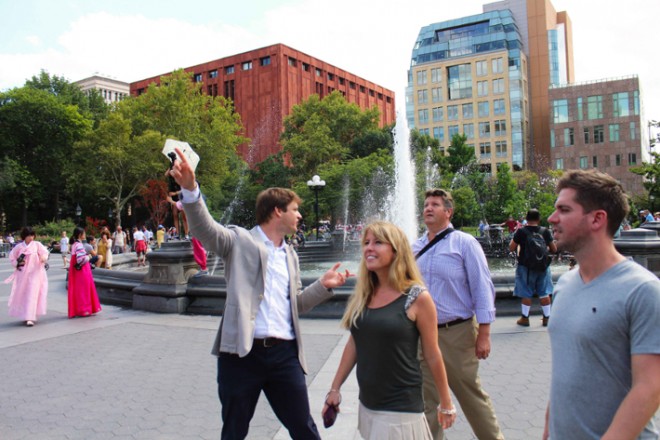
4. Jefferson Market Library & Patchin Place
At Sixth Avenue and West 10th, the dramatic Jefferson Market Library dominates the scene—a former courthouse with a colorful past. Just behind, stroll down Patchin Place, a hidden cul-de-sac where e.e. cummings and Marlon Brando once lived.
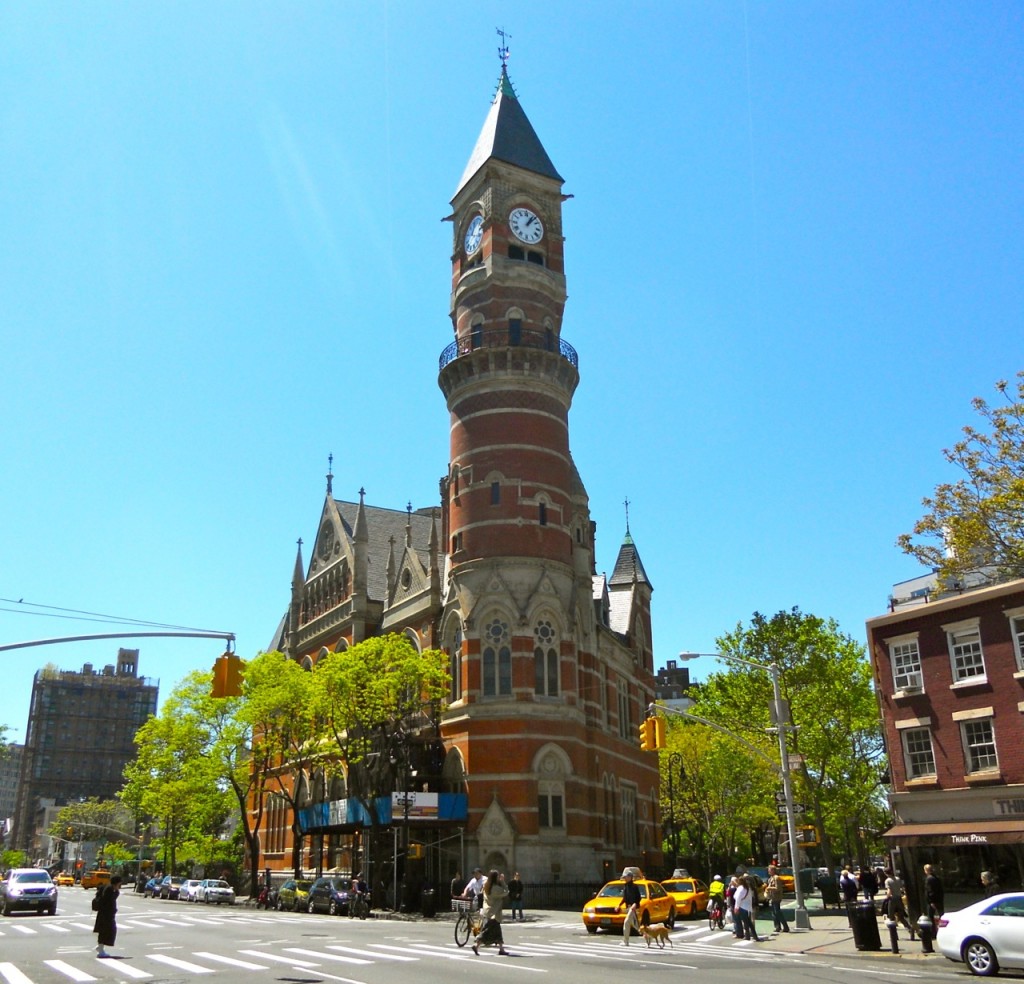
5. Christopher Street, Stonewall, and Christopher Park
Head to Christopher Street, the heart of LGBTQ+ history and home to the legendary Stonewall Inn. In Christopher Park, pause to reflect at George Segal’s “Gay Liberation” statues—a tribute to the 1969 Stonewall Riots that changed America.
6. Bedford & Grove Streets
Wander past the “Friends” apartment at Grove and Bedford, peek into the adorable Grove Court, and snap a photo at 75½ Bedford—the city’s narrowest house, once home to poet Edna St. Vincent Millay.

7. Bleecker Street & Italian Heritage
Next, explore Bleecker Street—once the center of the Village’s Italian community. Grab a slice at John’s Pizzeria, stock up at Murray’s Cheese, or treat yourself at Rocco’s Pasticceria. Bleecker is also where the Beatniks, folk revival, and off-Broadway theater scene took off.
8. MacDougal Street & Legendary Nightlife
Double back to MacDougal Street, packed with legendary venues like Minetta Tavern, Café Wha?, and Café Reggio. This stretch is perfect for grabbing a coffee, catching live music, or just soaking up the neighborhood’s bohemian spirit.
Finish your walk back at Washington Square Park—or catch the subway at West 4th Street, where you’ll spot “The Cage,” the city’s most famous streetball court.
Whether you’re a history buff, a foodie, or simply love to wander, Greenwich Village offers endless discoveries. Lace up your walking shoes and experience the magic of the Village today!
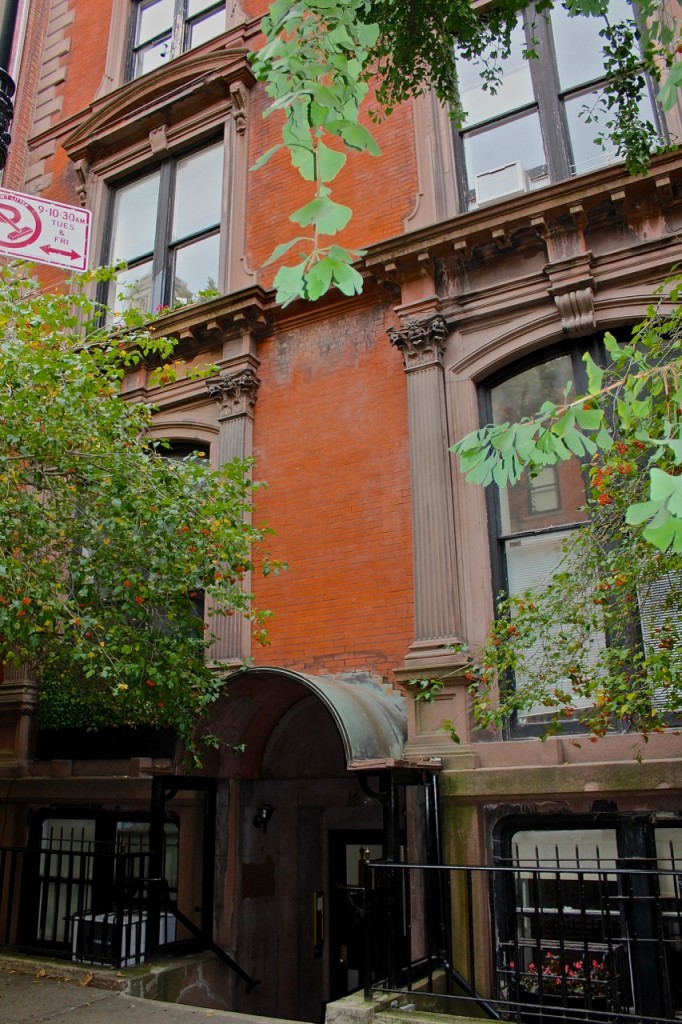
Experience More of New York City
Greenwich Village is just one jewel in New York’s crown! If you’re eager to see even more of the city’s iconic sights, why not join a guided tour? Explore the Statue of Liberty and Ellis Island with expert guides—book your unforgettable New York adventure here!

